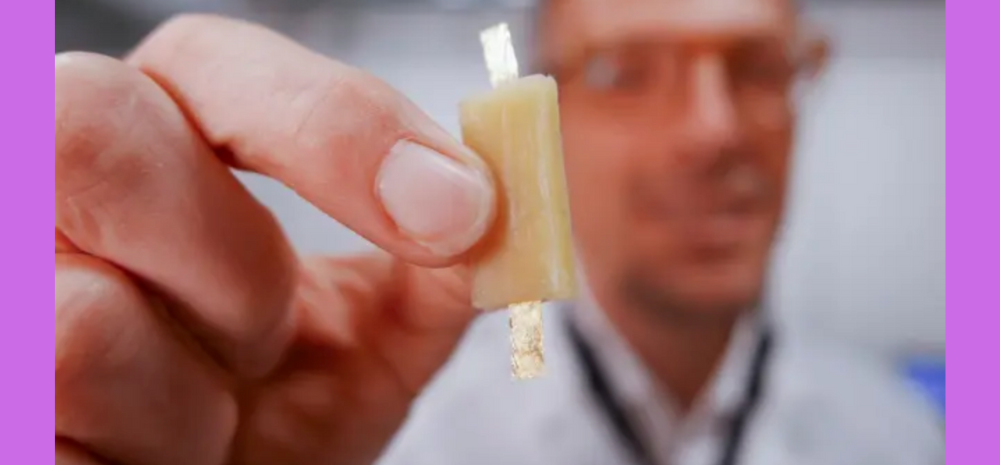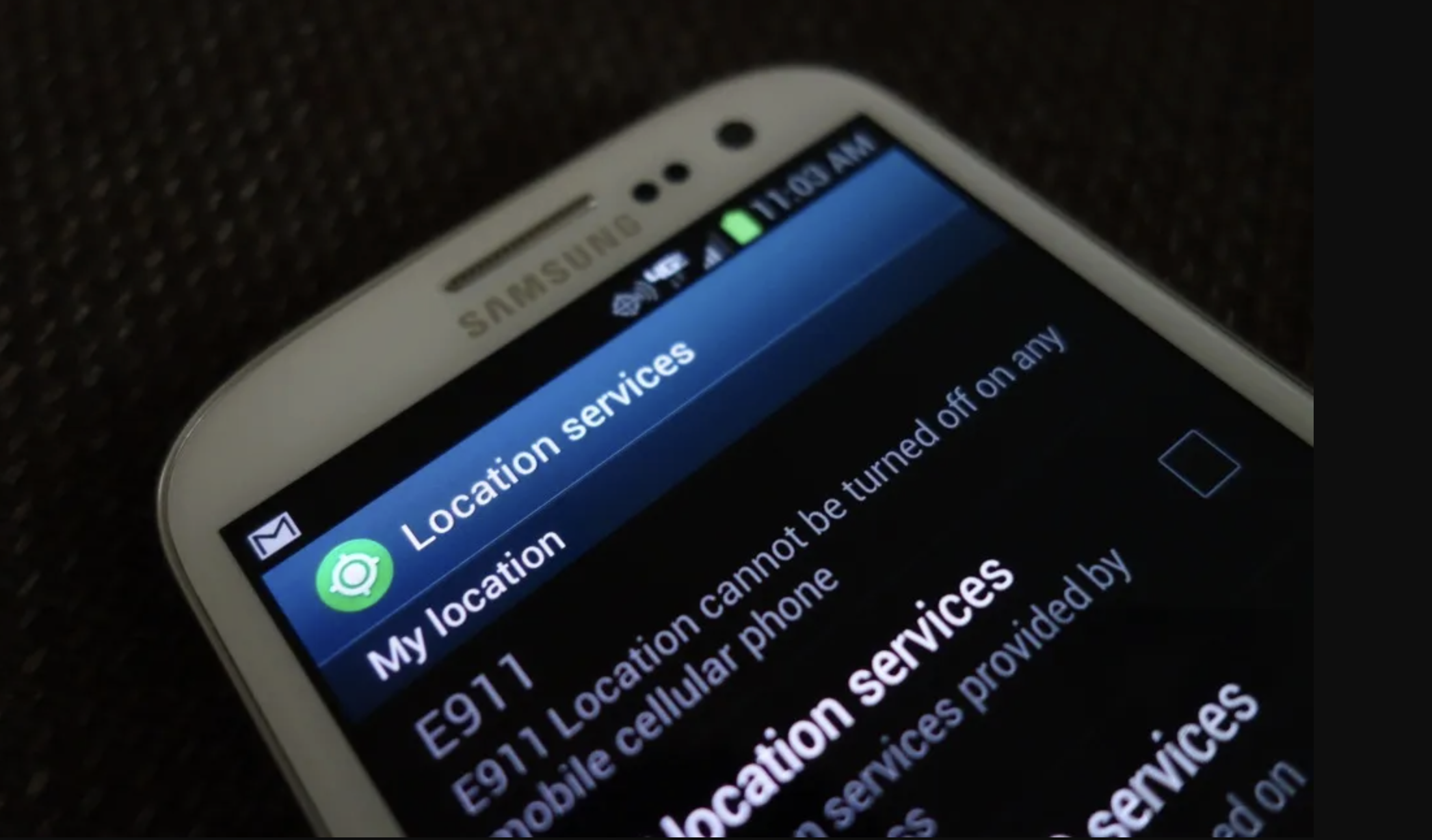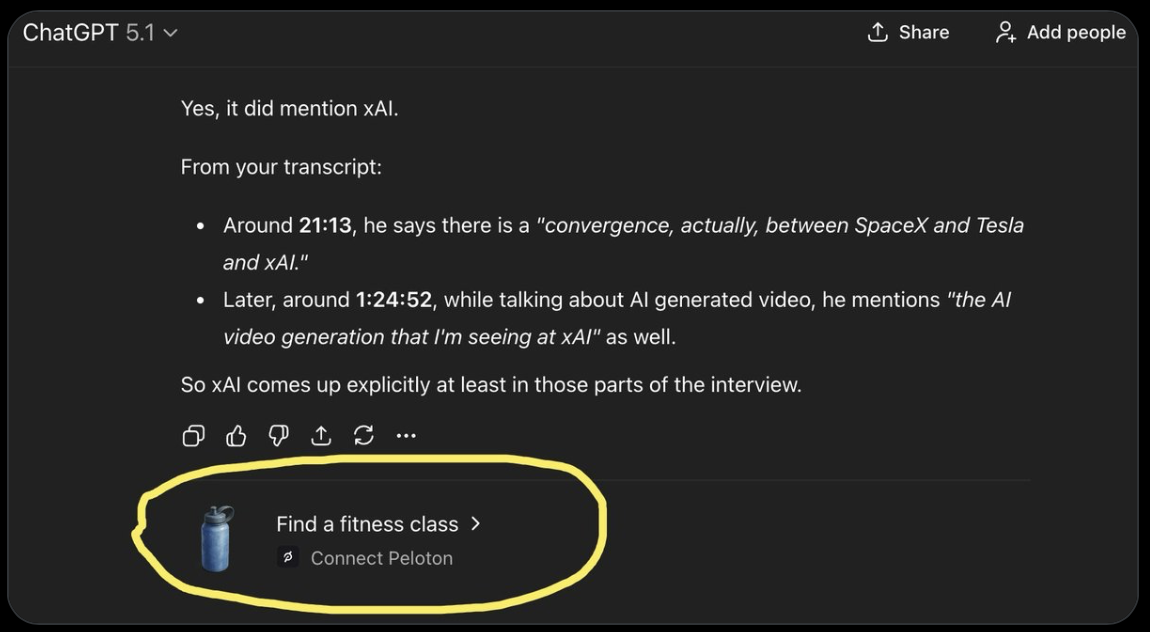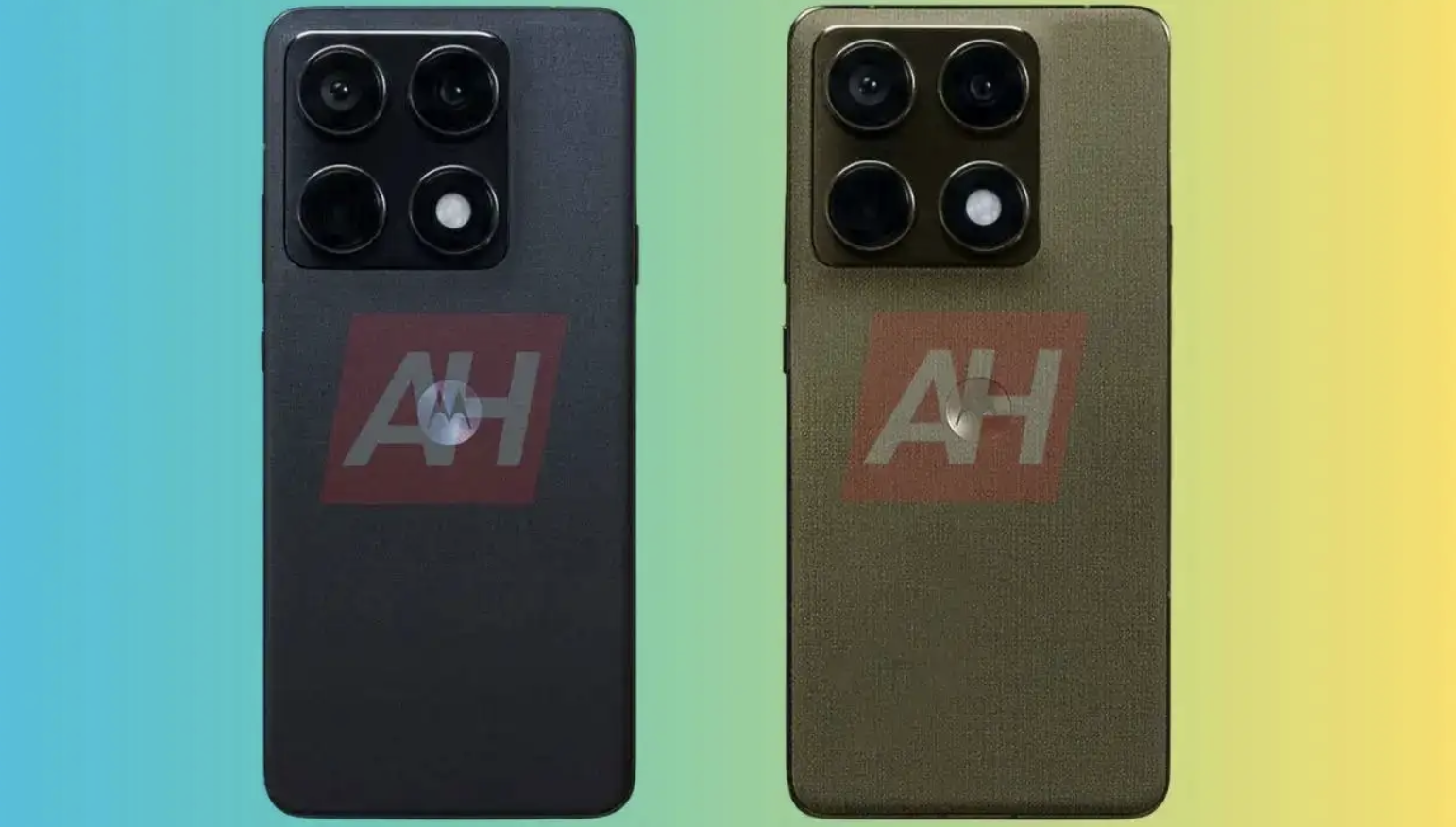Edible Electronics!
Yesss, you read that right. Curiosity coupled with the power of Science can literally achieved phenomenal things and that is exactly what has happened once again with the advent of an entirely rechargeable edible battery.

World’s First Edible and Rechargeable Battery
It has been by sheer hopes and drive to revolutionize ingestible medical devices, that the researchers developed the rechargeable prototype out of mere common-place food stuffs!
This feat is achieved by the researchers at the Italian Institute of Technology have made a breakthrough by developing the first fully edible and rechargeable battery. The battery cell, which is constructed using materials commonly consumed in our daily diets, has been created at the Istituto Italiano di Tecnologia.
WATCH: The world’s first edible and rechargeable battery made by the scientists at the Italian Institute of Technology, can power a small LED or other miniature electronic devices pic.twitter.com/WwFXZkLE79
— Reuters (@Reuters) April 17, 2023
The battery cell has been documented in a recently published paper in the journal Advanced Materials.
This innovative technology can be used for health diagnostics, monitoring food quality, and even in the creation of edible soft robotics.
Mario Caironi, the coordinator of the project said that “The core of the device is represented by a couple of electrodes… To have it working we are using two materials, two molecules. For the anode, we are using riboflavin which is a vitamin we can find in almonds… and for the Cathode we are using quercetin. It’s sold as a food supplement and can be found in capers,” explained Mario Caironi, the coordinator of the project.
Now that we are scratching our heads on the science feat of the invention, let’s have a look at the commerce part of things and see things from its application point of view.
Potential applications
Ingestible devices like biosensors, cameras, and drug delivery systems already exist but typically cannot be digested by the human body. Therefore, if complications arise during the digestion process, surgical intervention can be required to remove the device.
On the plus side is the fact that the battery can be digested completely without any health risk since it is made out of almonds, capers, activated charcoal, seaweed, gold leaf and beeswax.
Aside from the other applications, it can also be employed in food quality monitoring and edible soft robotics.
The battery prototype operates at 0.65 volts, which is too low to cause problems inside the human body. It provides a current of 48 microamps for up to 12 minutes and can power a small LED or other miniature electronic devices.
The team is now working to boost capacity as well as shrink the device into a pill-sized container that would be easier to swallow.
The proof-of-concept battery cell was described recently in a paper published in the journal Advanced Materials.












